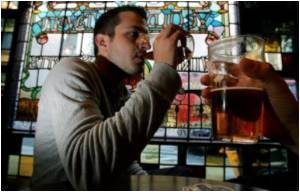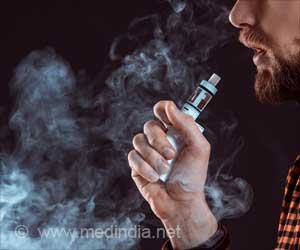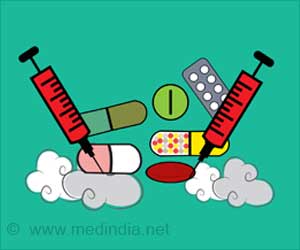
"The research indicates that getting active in service helps alcoholics and other addicts become sober and stay sober, and suggests this approach is applicable to all treatment-seeking individuals with a desire to not drink or use drugs. Helping others in the program of AA has forged a therapy based on the kinship of common suffering and has vast potential," Dr. Pagano says.
In her research, Dr. Pagano highlights the helper therapy principle (HTP), a concept embodied by AA, as a means of diminishing egocentrism or selfishness, a root cause of addiction.
The HTP is based on the theory that, when a person helps another individual with a similar condition, they help themselves. The principle is reflected in the stated purpose of AA, which is to help individuals "stay sober and help other alcoholics achieve sobriety."
Helping other alcoholics is viewed as the foundation for the alcoholic helper to stay on the path to recovery, Dr. Pagano says in her overview of the AA program. In addition to outlining the basis for AA-related helping,
Dr. Pagano reviews the data to date that illustrates the health and mental health benefits derived from helping others. She likewise examines several empirical studies she conducted previously which show how helping others in 12-step programs of recovery help the recovering individual to stay sober.
Advertisement
A subsequent study by Dr. Pagano and her colleagues in 2009, also involving data from Project MATCH, showed that 94 percent of alcoholics who helped other alcoholics, at any point during the 15-month study, continued to do so as part of their ongoing recovery, and experienced lower levels of depression.
Advertisement
"These studies indicate that among alcoholics, AA-related helping and giving general help to others has positive effects on drinking outcomes and mental health variables," Dr. Pagano says.
The article has been published in the Volume 29 issue of Alcoholism Treatment Quarterly.
Source-ANI








